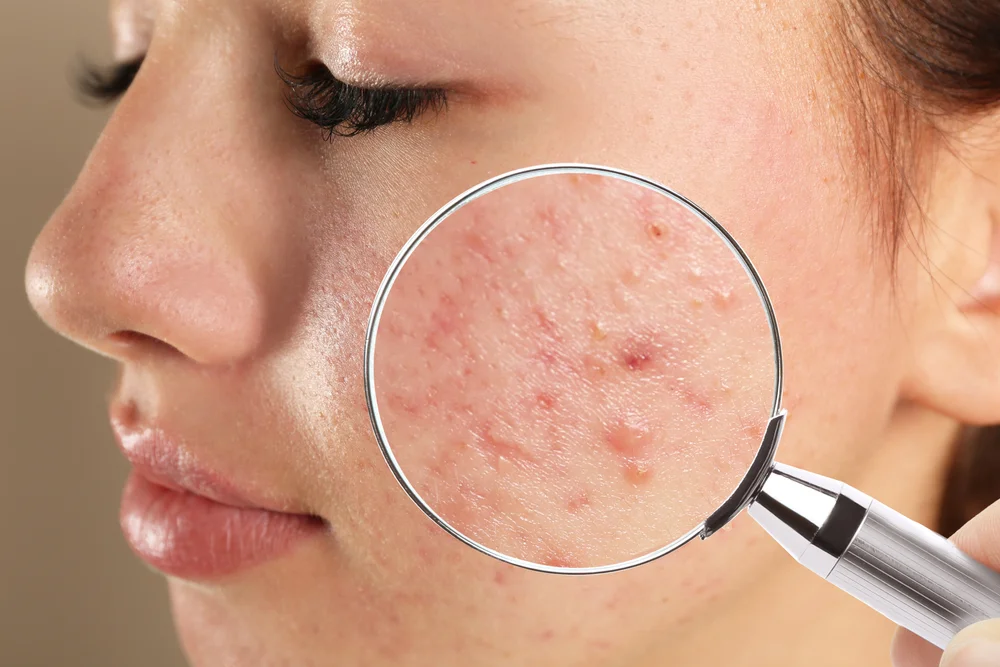
Acne is one of the most common skin concerns, but its impact is deeply personal. From occasional breakouts to persistent cystic acne, it can affect your self-esteem, disrupt your skincare routine, and sometimes leave lasting scars. Whether you’re dealing with your first breakout or managing adult acne in your 30s and beyond, there’s support available. At Aura Med Spa in Bellaire, TX, we start by understanding what’s happening beneath the surface to help you find the right solution.
Acne doesn’t belong to one age group or skin type. While it’s most common during puberty, it often affects adults into their 20s, 30s, and even 40s. Breakouts can appear beyond the face, including the chest, shoulders, back, and upper arms. Risk factors for acne include hormonal changes, genetic predisposition, stress, comedogenic skincare or hair products, and underlying inflammation or bacterial imbalances. No two cases are alike—your treatment plan shouldn’t be either.
Acne manifests in various forms, each with distinct characteristics and treatment needs:
Target bacteria, reduce inflammation, and support cell turnover. Commonly prescribed agents include:
For moderate to severe acne or hormonal involvement:
A non-invasive option for reducing oil production, shrinking active breakouts, and improving skin tone without downtime.
Understanding the different acne lesion types can help you better identify what’s showing up on your skin—and how to address it effectively.
Acne develops when multiple factors converge under the skin’s surface:
Some cases are mild and resolve with topical care, while others may require long-term support and a multi-modal strategy.
Laser acne treatments safely target the source of breakouts beneath the skin. They focus on overactive oil glands to reduce sebum production and calm inflammation without harming healthy tissue. The heat from the laser also diminishes bacterial overgrowth and encourages smoother skin renewal. Most patients feel only mild warmth or tingling. Sessions are brief—typically under 30 minutes—and don’t require recovery time. While individual results vary, a noticeable reduction in active acne often appears after one session, with continued improvements seen after a full treatment series.
Keeping breakouts under control requires consistency. Here’s how to maintain your results and protect your skin:
With the right combination of clinical care and day-to-day support, clearer skin is not only possible—it’s sustainable.


Let’s get in touch!